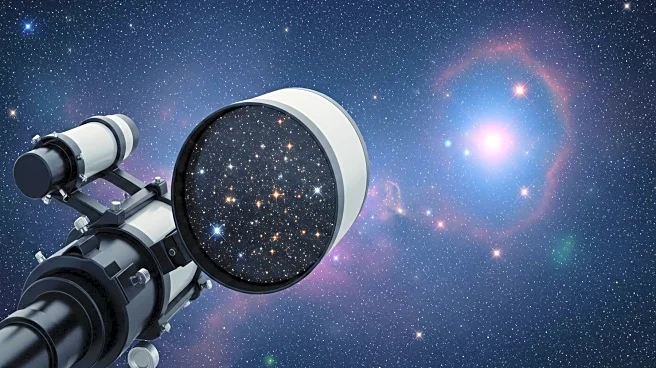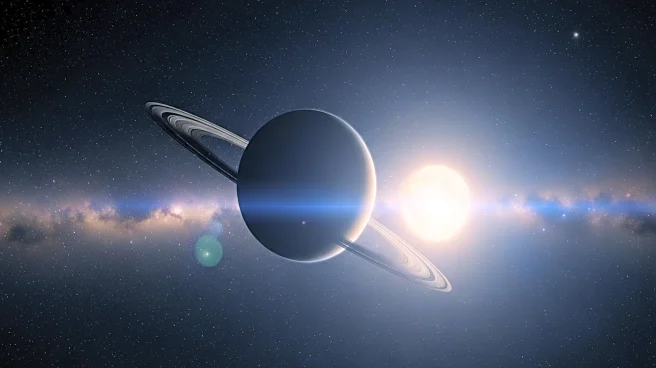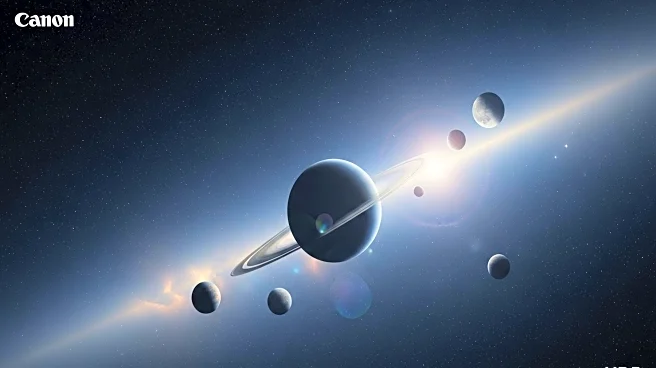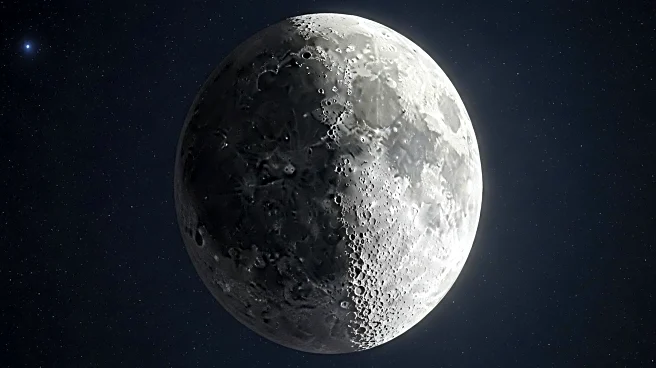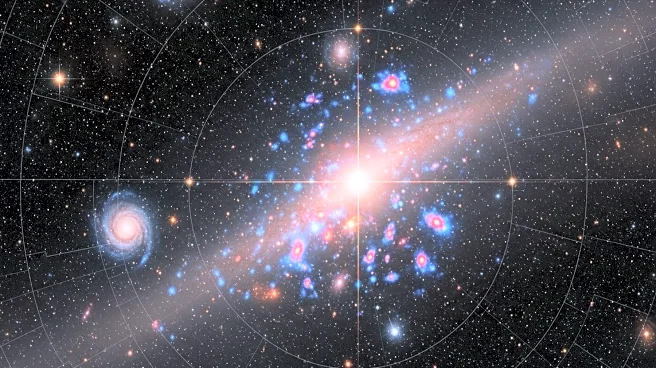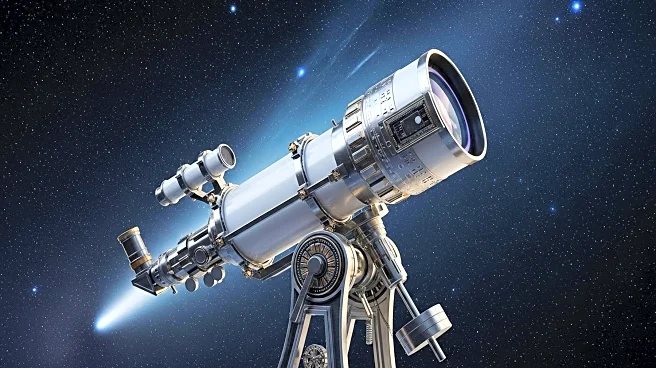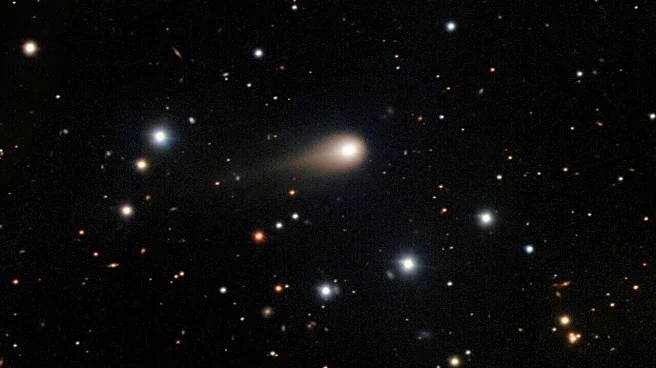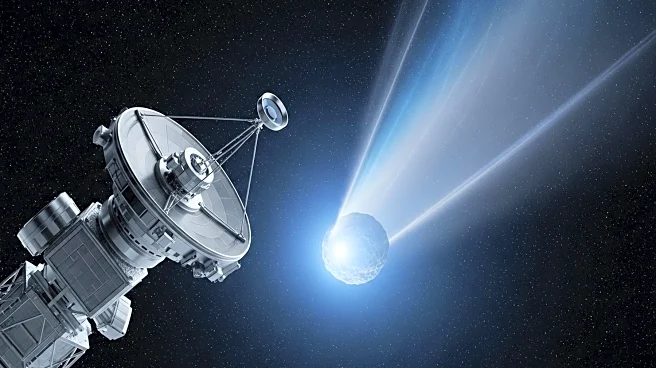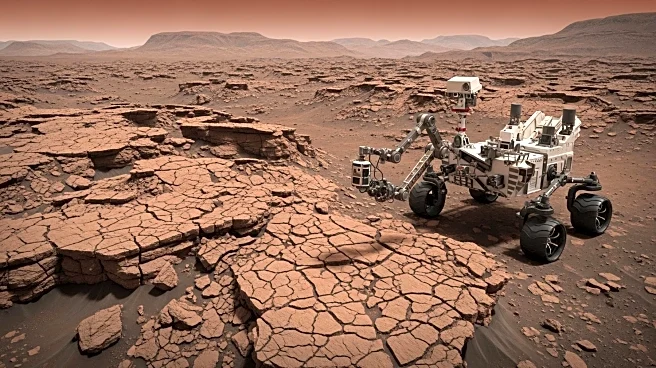What is the story about?
What's Happening?
Scientists have developed a new model, StarryStarryProcess, to map the spottiness of distant stars using data from NASA missions. This model improves understanding of star spots, which are dark surface features similar to sunspots. By analyzing transit light curves from exoplanets, the model provides detailed information about stellar properties, aiding in the study of planetary atmospheres and habitability. The model was tested on transits from planet TOI 3884 b, revealing spot concentrations on its host star.
Why It's Important?
Understanding star spots is crucial for accurately assessing planetary atmospheres, which can indicate habitability. The model helps distinguish signals from stars and planets, enhancing the search for life beyond Earth. NASA's upcoming Pandora mission will benefit from this model, improving the study of exoplanet atmospheres. The research contributes to the broader goal of understanding planetary systems and their potential for supporting life.
What's Next?
NASA's Pandora mission will utilize the StarryStarryProcess model to study exoplanet atmospheres and host star activity. The mission aims to refine techniques for measuring planetary atmospheres, advancing the search for habitable worlds. Continued research and data collection will enhance the model's accuracy and applicability.
AI Generated Content
Do you find this article useful?
